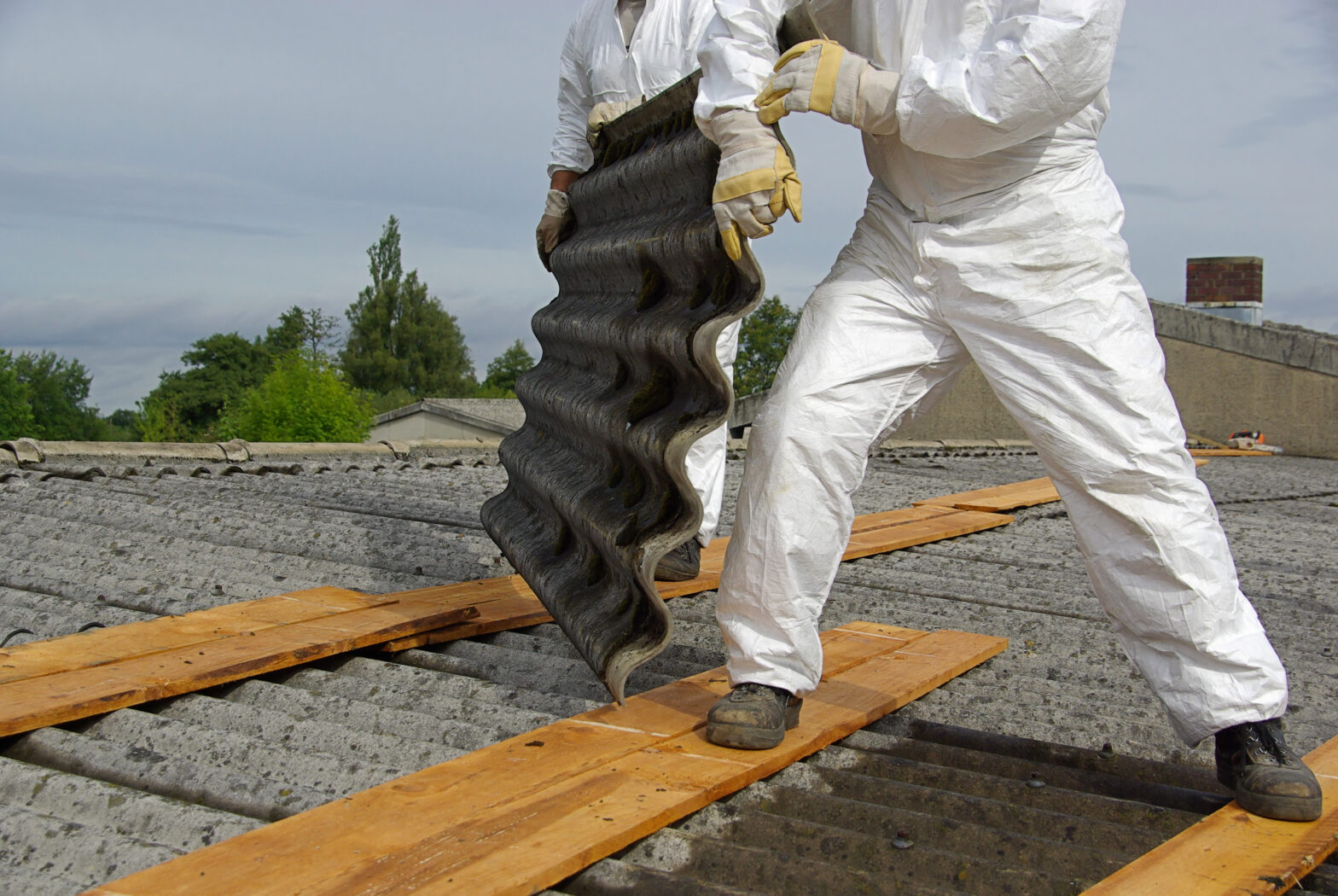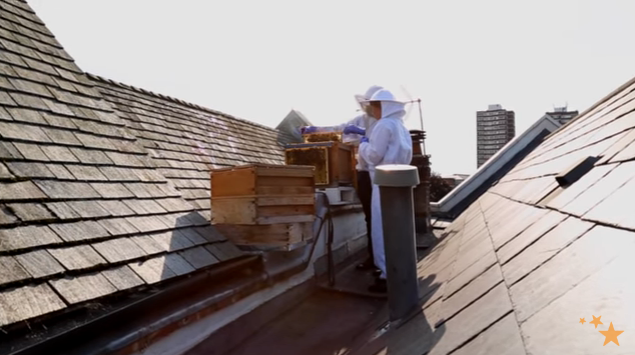Many people who own or work for small businesses involved with the maintenance, construction and demolition of houses and buildings are, unfortunately, prone to asbestos exposure. Asbestos called the ‘magic mineral’, is one of the most toxic and carcinogenic minerals that exists on our planet. It has been responsible for tens of thousands of deaths from diseases including mesothelioma and asbestosis.
Up until approximately 1977, asbestos was used in a variety of construction materials. Insulation, electrical conduit wires, pipes, concrete, joint compound, floor shingles, roof shingles, linoleum, and other building products all contained asbestos. This means that the repair replacement or maintenance of these products in homes or buildings that were constructed during this period or before can expose worker to deadly asbestos fibres.
According to doctors and researchers it does not take a significant amount of asbestos exposure to increase a person’s risk of being diagnosed with an asbestos-related disease. Under a high-powered microscope, asbestos fibres look like many fine sharp needles. The fibres are so small that clumps of them appear as dust to the naked eye and thousands of fibres could fit on the head of a pin.
The rise and fall of asbestos
In the early part of the 20th century, the naturally-occurring mineral fibre asbestos was prized around the world for its strength, heat and corrosion resistance, and insulating properties. It was abundant and inexpensive and mines such as the Libby Asbestos Mine in Libby, Montana and mines in Canada, Italy and South Africa employed thousands of people to help extract it from the ground. Asbestos was then added to thousands of construction products to increase their strength, durability and effectiveness.
But by the 1960s, it became apparent that there were serious problems with asbestos. People who worked in the building trades and those who works in mines, shipyards, and factories that made asbestos containing products were getting sick. Some developed persistent coughs while others complained of chest pain and breathing difficulties. They were diagnosed with lung scarring which came to be known as asbestosis, pleural plaques, lung cancer and, in some cases, deadly malignant mesothelioma. In fact, as researchers looked more closely, it was apparent that people who were exposed to asbestos had been getting sick with these diseases for decades. By the time the dangers of asbestos were fully understood, hundreds of thousands of people had been exposed and thousands were sick or dead.
Asbestos risk and the building industry
After the link between diseases like mesothelioma and asbestos was discovered, many lawsuits were filed, asbestos were shut down, and new rules and regulations governing asbestos were established. Industries in which workers could potentially be exposed to asbestos were required to issue protective gear (such as negative pressure respirators with special p100 HEPA filters) and to instruct workers in the proper use of that gear. The standards also established permissible exposure limits regulating how long and at what concentration workers could work around asbestos.
In spite of these protections, as the 2017 CDC report makes clear, workers in the building trades, may still be at risk, particularly when they are involved in renovation, repair or demolition. Without the benefit of a safety department, small construction companies and independent contractors may be especially vulnerable to the dangers of asbestos. Most buildings constructed before 1977 are presumed to contain asbestos.
If you or those who work for you encounter any of the following products in buildings that were built before the 1980’s, you should be aware of the risk of asbestos exposure in:
- Thermal system insulation
- Roofing and siding shingles
- Vinyl floor tiles
- Plaster, cement, joint compound, putties and caulk
- Ceiling tiles and spray-on coatings
- Industrial pipe wrapping
- Heat-resistant textiles
- And many others
These materials should never be handled with bare hands or without the use of appropriate breathing protection since the dust they produce can be toxic. (Note: A standard dust mask does not offer sufficient protection against asbestos.) The EPA recommends the use of disposable coveralls, rubber gloves, rubber boots and eye goggles in potentially contaminated areas. Clothing worn in the presence of asbestos-containing materials should be properly disposed of and should never be handled or laundered at home. It is highly recommended that you contacts asbestos abatement professionals if you encounter or anticipate encountering asbestos.
For a complete overview of asbestos standards for construction workers and employers, see the following OSHA publication: https://www.osha.gov/Publications/osha3096.pdf or access the information on the OSHA website at https://www.osha.gov/pls/oshaweb/owadisp.show_document?p_table=STANDARDS&p_id=10862.





